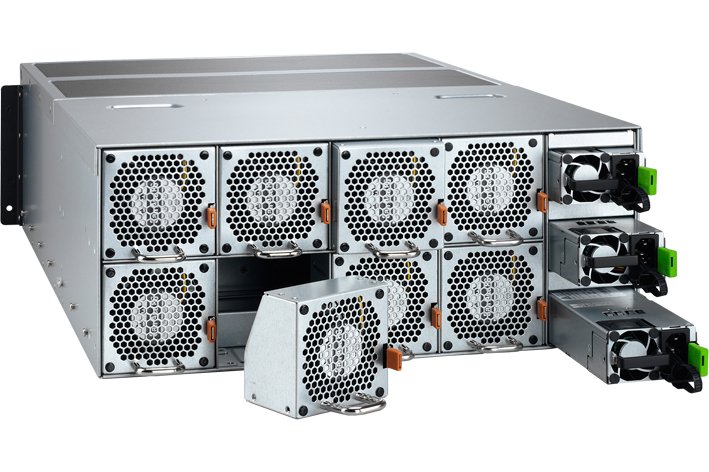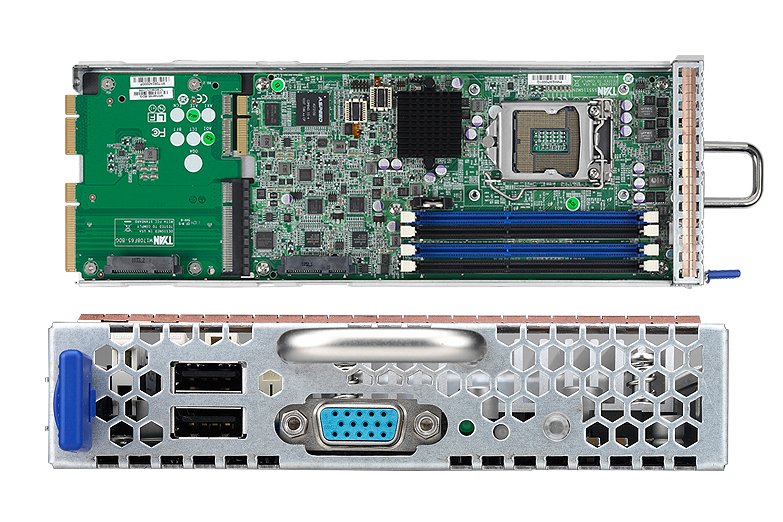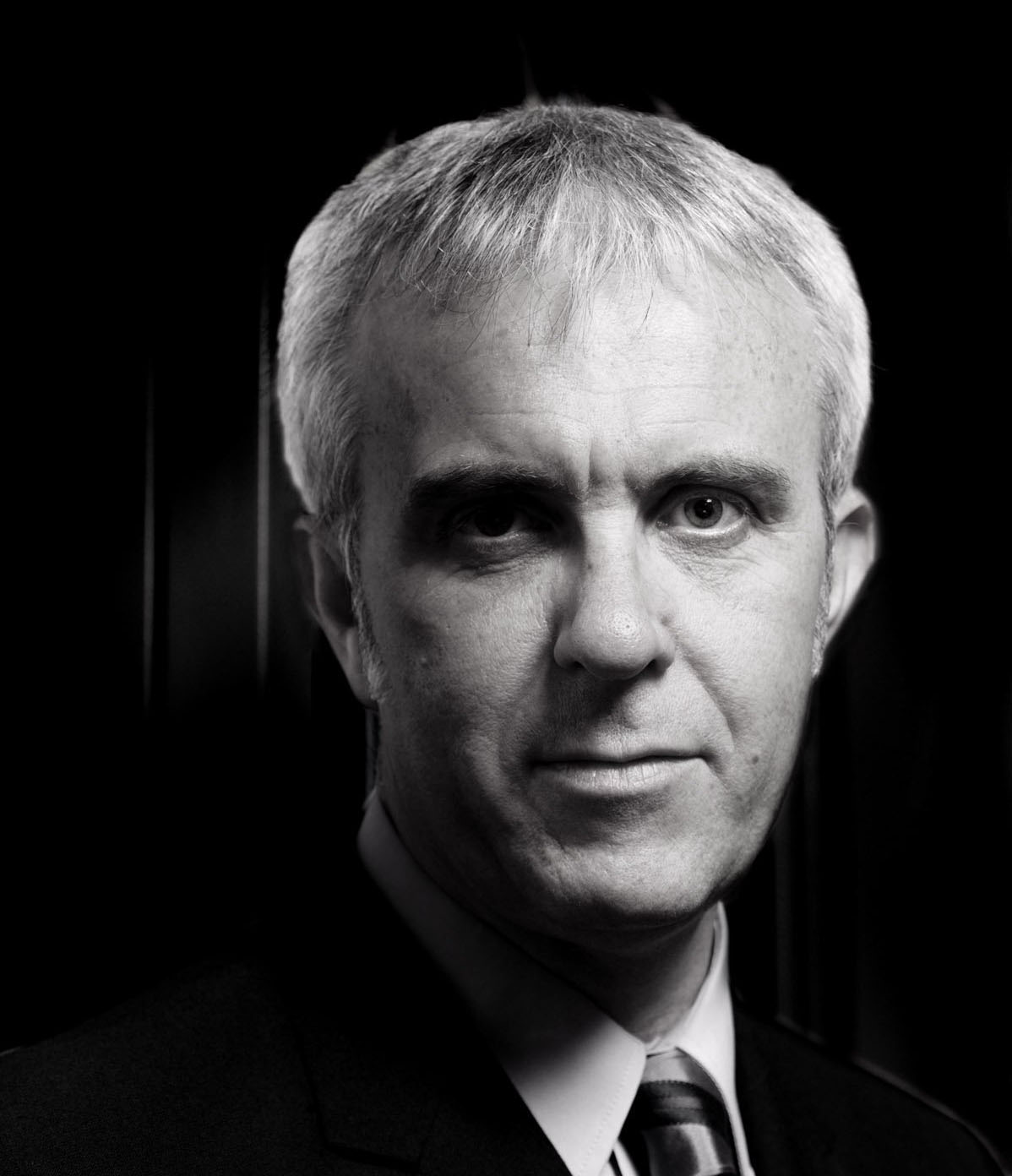Serverous C1840SS review
With 18 micro servers crammed into a 4U chassis, the Serverous C1840SS is a good choice if reduced power consumption and a high rack density are priorities.
Businesses looking for high-density cloud computing at a low price will find the C1840SS suited to their needs. It offers a Xeon E3-based micro server density and data centres reaching the limits of their utility supply will appreciate its low power consumption. Available from http://www.serverous.net/

High server densities were once the domain of blade servers but these can't keep up with the demands of cloud computing. The latest micro servers such as the Serverous C1840SS look set to take over as they offer a higher server count in a smaller space.
Utilising Intel's low power Xeon E3 processors, the C1840SS packs in eighteen micro servers into 4U of rack space. The system is based on Tyan's FM65-B5511 system which is this Taiwanese manufacturer's first high density cloud computing platform.
The chassis provides a solid foundation that can be populated as required. Serverous offers a starter kit with six server nodes and you can add more as demand dictates. The price we've shown for the system on review includes nine server nodes. There are three 800W hot-plug supplies and these are 80+ Platinum rated. The bulk of the rear panel is taken up by eight hot-plug fan modules.

The system comes with a triple 800W hot-swap supplies as standard and eight hot-plug cooling fan modules
Server node design
The server nodes are 37cms deep but manage to pack a decent specification. The processor is located at the front and mounted by a solid aluminium heatsink.
Our nodes were all populated with E3-1220L Xeons which have a low TDP of only 20W. The thermal headroom for each node is defined by Tyan as 45W so these modules are well inside this envelope.
Four DIMM slots sit alongside with our nodes each sporting 2GB of DDR3 memory. The maximum memory for each node is 32GB and only the unbuffered UDIMM variety is supported.
Sign up today and you will receive a free copy of our Future Focus 2025 report - the leading guidance on AI, cybersecurity and other IT challenges as per 700+ senior executives

The server nodes support a Xeon E3-1200 CPU plus 32GB of memory and have room for two SATA SFF hard disks
Dave is an IT consultant and freelance journalist specialising in hands-on reviews of computer networking products covering all market sectors from small businesses to enterprises. Founder of Binary Testing Ltd – the UK’s premier independent network testing laboratory - Dave has over 45 years of experience in the IT industry.
Dave has produced many thousands of in-depth business networking product reviews from his lab which have been reproduced globally. Writing for ITPro and its sister title, PC Pro, he covers all areas of business IT infrastructure, including servers, storage, network security, data protection, cloud, infrastructure and services.
-
 ‘1 engineer, 1 month, 1 million lines of code’: Microsoft wants to replace C and C++ code with Rust by 2030 – but a senior engineer insists the company has no plans on using AI to rewrite Windows source code
‘1 engineer, 1 month, 1 million lines of code’: Microsoft wants to replace C and C++ code with Rust by 2030 – but a senior engineer insists the company has no plans on using AI to rewrite Windows source codeNews Windows won’t be rewritten in Rust using AI, according to a senior Microsoft engineer, but the company still has bold plans for embracing the popular programming language
By Ross Kelly Published
-
 Google drops $4.75bn on data center and energy firm Intersect
Google drops $4.75bn on data center and energy firm IntersectNews The investment marks the latest move from Google to boost its infrastructure sustainability credentials
By Nicole Kobie Published
-
 OpenAI says prompt injection attacks are a serious threat for AI browsers – and it’s a problem that’s ‘unlikely to ever be fully solved'
OpenAI says prompt injection attacks are a serious threat for AI browsers – and it’s a problem that’s ‘unlikely to ever be fully solved'News OpenAI details efforts to protect ChatGPT Atlas against prompt injection attacks
By Nicole Kobie Published
